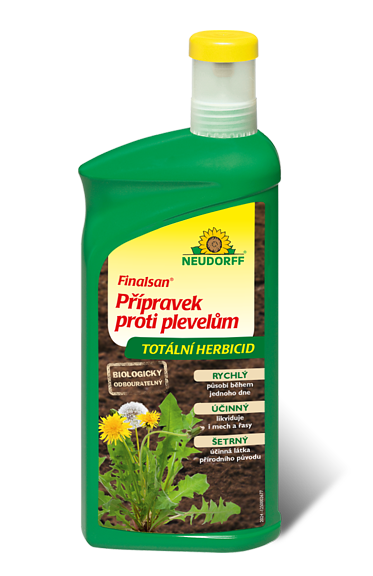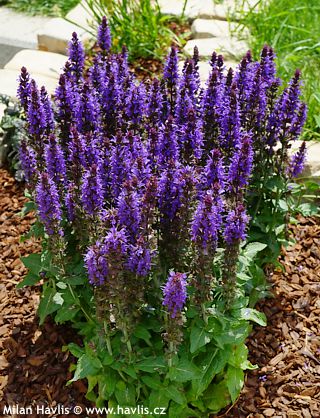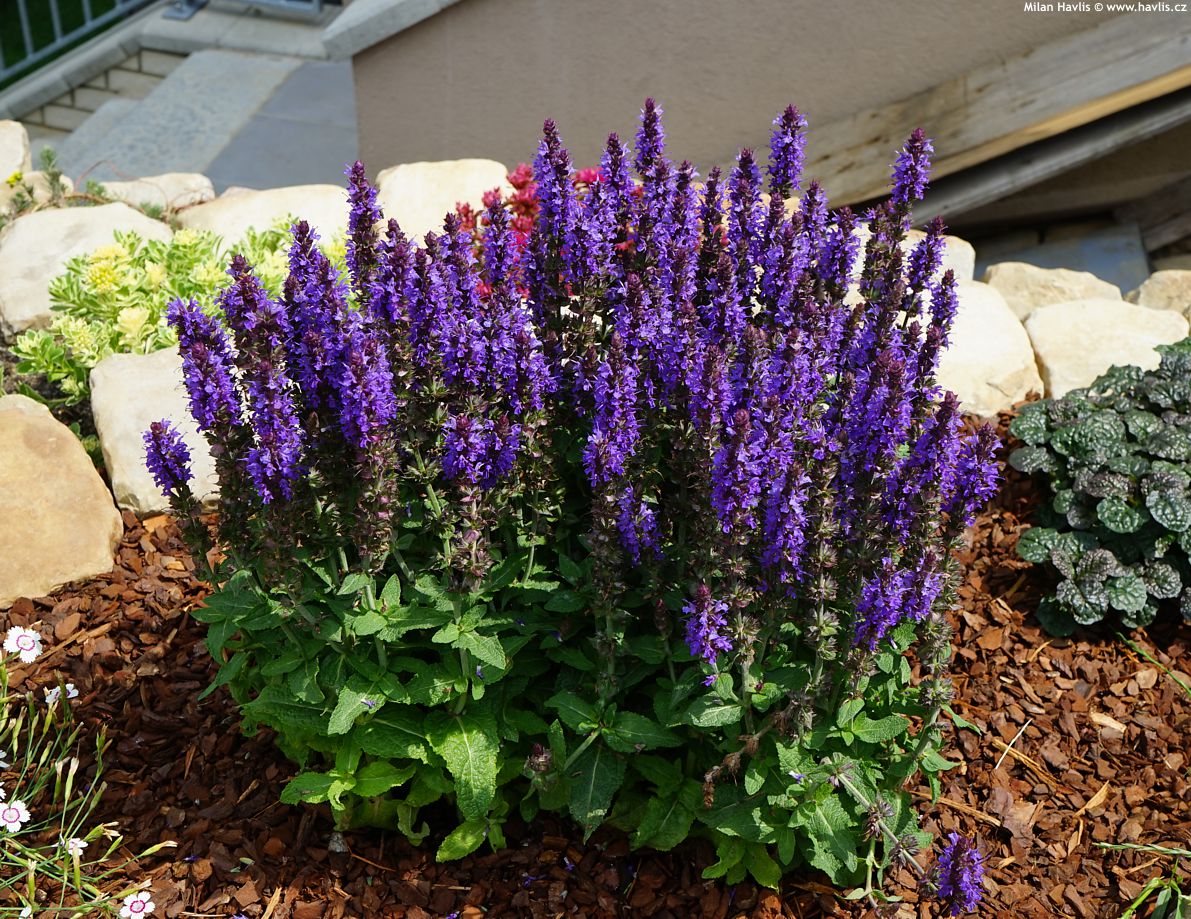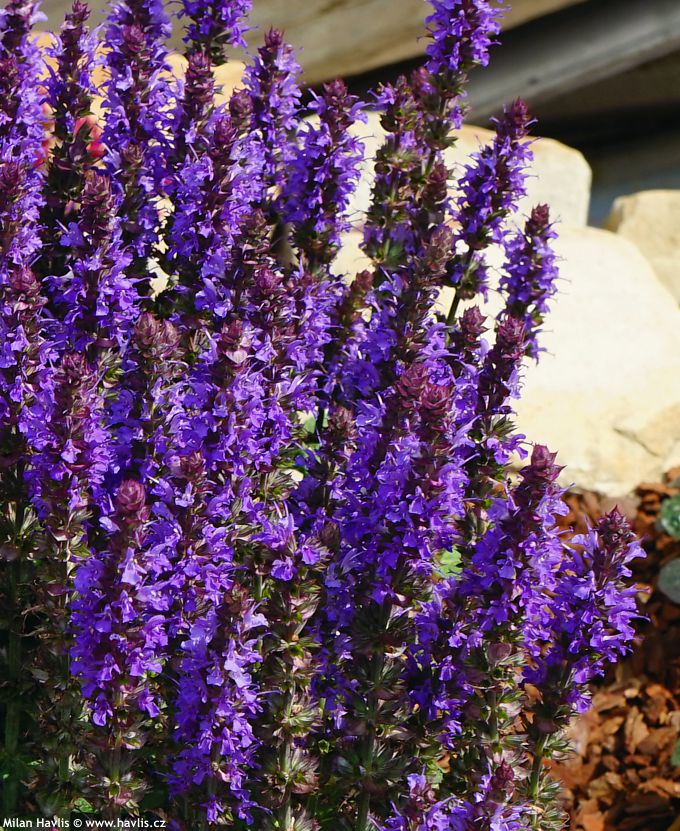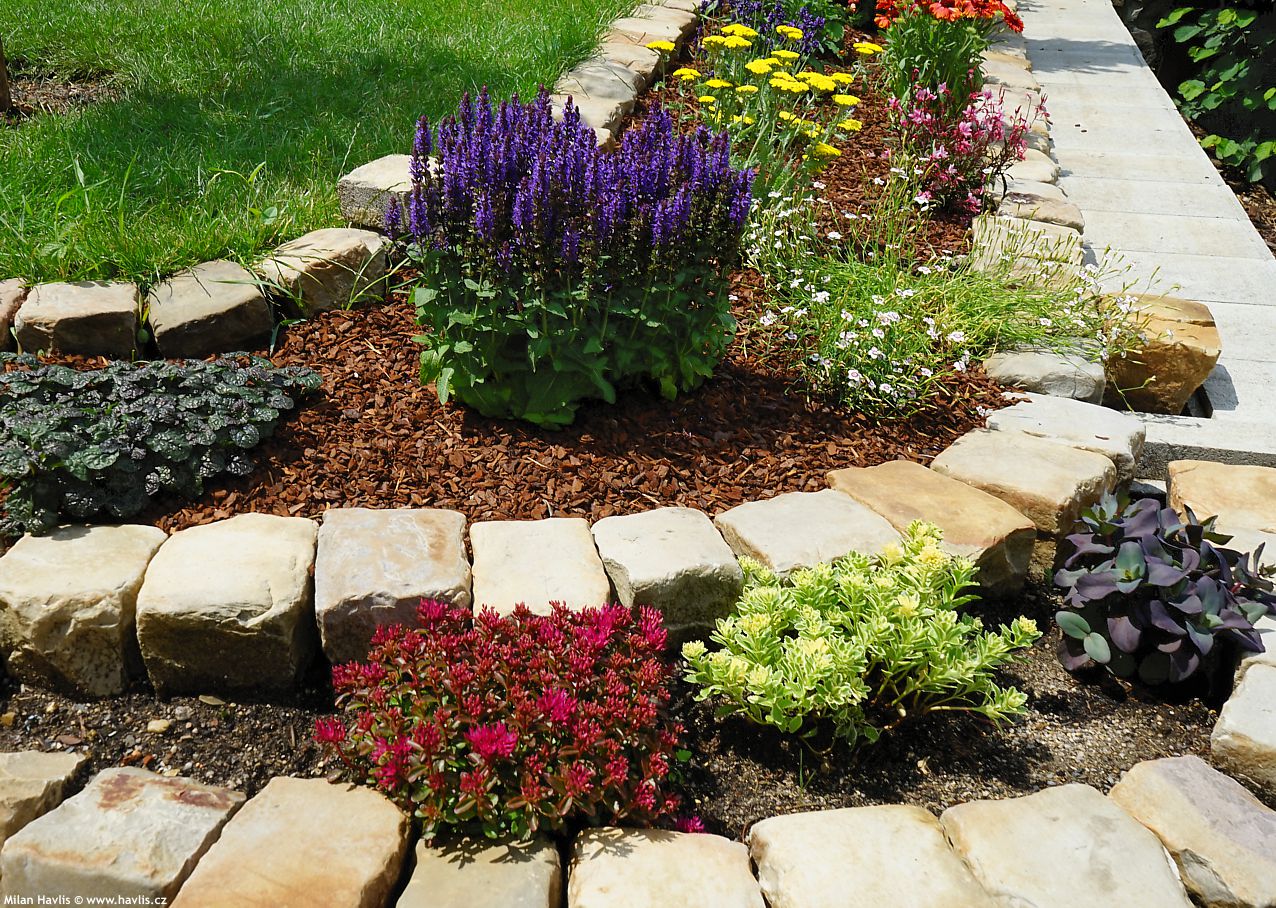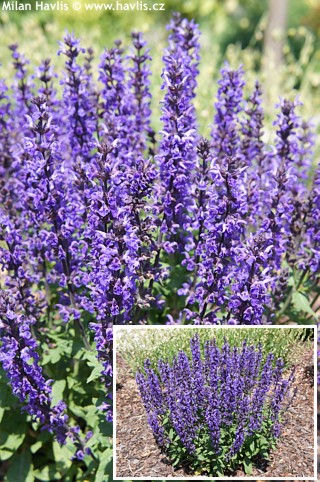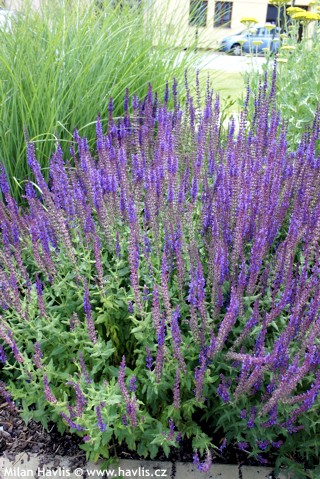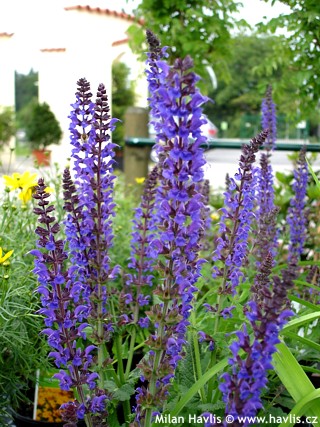Salvia nemorosa 'OSTFRIESLAND' wood sage
Salvia
Salvia is a large genus comprising around 900 species. In Central Europe, it is most grown as a medicinal and culinary plant – a semi-woody, evergreen perennial. In recent years, subtropical species have become increasingly popular, especially in urban and park plantings, where they are used as annuals thanks to their remarkable ability to bloom continuously from late spring to early autumn. However, we would like to introduce a third group – salvia as an ornamental perennial, specifically Salvia nemorosa. It was first described in 1762 by the "father of modern botany," Carl Linnaeus (1707–1778). Its natural range stretches from Central Europe (including eastern Germany), through the Balkans, to Russia and Western Asia. Due to its ease of cultivation and high hybridization potential, it has spread throughout Europe, the UK, and other temperate regions worldwide.
Ostfriesland (East Frisiesland) is a flat region in northern Germany surrounding the historic city of Oldenburg. Botanically, it is notable for its fertile soil, high humidity, and mild winters, making it an ideal environment for nurseries and ornamental plant growers. The same name was given to one of the most iconic salvias, born from the passion of people who live with and for plants. This cultivar was selected in 1955 by German breeder Ernst Pagels, who credited its origin to a personal encounter with the legendary gardener Karl Foerster (1874–1970). In 1949, Foerster handed him a small packet of salvia seeds and said, “See what you can find within.” The result was not only the discovery of this cultivar but also the beginning of a deep breeding philosophy – the pursuit of beauty without material ambition. Pagels later became one of Europe’s most influential perennial breeders, known for cultivars such as Achillea 'Credo', Miscanthus 'Silberfeder', Salvia 'Blauhügel', and Geranium 'Ernst Pagels'. Foerster’s work was well known in former Czechoslovakia, and his philosophy influenced experts at the Průhonice Botanical Institute, which was then a leading centre for ornamental horticultural research – and where Foerster occasionally visited during the communist era.
Salvia Ostfriesland forms compact, medium-height clumps with sturdy, purple-toned stems reaching 35–45 cm in height. For an extended period, it produces upright spikes of rich lavender-blue flowers that contrast beautifully with the dark calyces and stems, making the plant visually appealing even outside peak bloom. The main flowering period begins in the second half of May, lasts about six weeks, and is followed by sporadic reblooming until September. The leaves are medium green, deeply wrinkled, 5–8 cm long, and characteristically aromatic. The cultivar requires minimal care but can be cut back after flowering which will encourage formation of new flowering stems.
Ostfriesland sage is an excellent choice for sunny borders, where its rich colour and compact habit stand out. It fits well into perennial compositions, herb gardens, naturalistic plantings as well as modern urban landscapes. It pairs beautifully with plants that offer contrasting foliage or flower colours, such as silvery Artemisia, yellow Achillea, white or pink Echinacea, and ornamental grasses like Stipa or Festuca. It is clever to combine it with perennials that share similar growing requirements but bloom at different times to maintain border attractivity throughout the season, for example, hardy Fuchsias, Gaillardia, Verbena, or Gaura. In larger groups, it creates rhythm and depth, and thanks to its drought tolerance and low maintenance needs, it is well-suited for urban greenery and parks.
Woodland sage requires no special care. It will grow in almost any reasonably well-drained soil, provided it is at least moderately fertile. It thrives best in light, humus-rich soils and full sun or light shade. Feeding is not necessary, only in very poor or heavy soils it appreciates a little balanced fertilizer. In spring, remove all above-ground parts of the plant except for the basal rosette of new or overwintering, healthy leaves. It is hardy to about -34°C (USDA zone 4) and will thrive in outdoor pots and throws, too.
Last update 27-04-2018; 30-09-2025






























